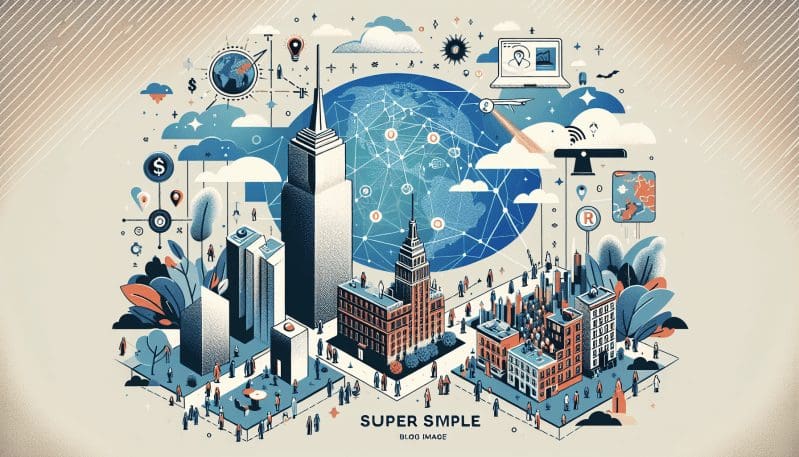As the skyline of New York stands as an unwavering symbol of bustling industry and economic might, beneath it, a quiet revolution murmurs, reshaping the very fabric of its workforce. The age-old routine of the 9-to-5 grind within the confines of high-rise office buildings is undergone a seismic shift towards the embrace of remote work—a concept that has soared from a rare privilege to a widespread norm.
At the heart of this transformation lies a complex narrative, one that addresses the liberation from traditional office spaces and the potential for feelings of isolation that can emerge in their absence. The New York Times demographic, which encompasses a diverse spectrum of professionals, is now navigating a new reality where the empowerment of flexible working hours contends with the absence of office camaraderie.
### The Empowerment of Flexibility
For many within New York’s workforce, the remote work model has unlocked a level of flexibility that was once a mere daydream. Parents can now manage childcare more effectively, spending less time on commuting and more on their families. Meanwhile, ‘night owls’ and ‘early birds’ alike can tailor their schedules to when they feel most productive, no longer bound by the conventional workday.
The reduction in commuting times has not only granted employees the gift of time but also significantly decreased the stress associated with rush-hour traffic and crowded subways. This newfound autonomy is empowering workers to blend their professional and personal lives in a way that feels more natural and less forced.
### The Specter of Isolation
However, amidst these liberating benefits, a shadow looms. The lack of physical office space has led to feelings of isolation for some employees. Human beings are inherently social creatures, and the daily interactions that occur in an office—be they work-related or a simple exchange of pleasantries—play a vital role in our mental well-being.
For the New York Times readership, individuals accustomed to the energy and networking opportunities that come with city life, the transition can be particularly jarring. Without the organic socialization offered by an office setting, remote workers may find themselves longing for the interpersonal connections that once punctuated their days.
### Forging a Virtual Community
In response to this dichotomy, savvy companies in New York are deploying innovative strategies to cultivate a sense of community and support amongst their remote employees. Virtual coffee breaks, online team-building exercises, and digital ‘water coolers’ serve as communal touchpoints that help maintain the social fabric of a workforce.
These initiatives are crucial for fostering an inclusive culture that bridges the gap between empowerment and isolation. Company-wide rituals, such as celebrating work anniversaries and milestones virtually, can also help emulate the office environment’s community spirit.
### Towards a Sustainable Model
As organizations continue to refine their remote work policies, the focus must remain on creating a sustainable and inclusive model. Ensuring that communication channels remain open, providing mental health support, and fostering a culture of inclusivity are all essential components of this endeavor.
Ultimately, the goal is to strike a harmonious balance where the flexibility and autonomy of remote work are complemented by a vibrant virtual culture that champions connectivity and collaboration. In doing so, New York’s workforce can harness the full potential of the remote work revolution—remaining a powerhouse of industry and innovation, irrespective of the physical workspace.
The remote work revolution in New York presents a tapestry of contrasts—empowering yet isolating, liberating yet challenging. As the city adapts to this new work paradigm, the resilience and adaptability that New Yorkers are known for will undoubtedly shape a future where work is not a place you go, but a thing you do—anywhere, anytime, and in harmony with the rhythm of life.




























